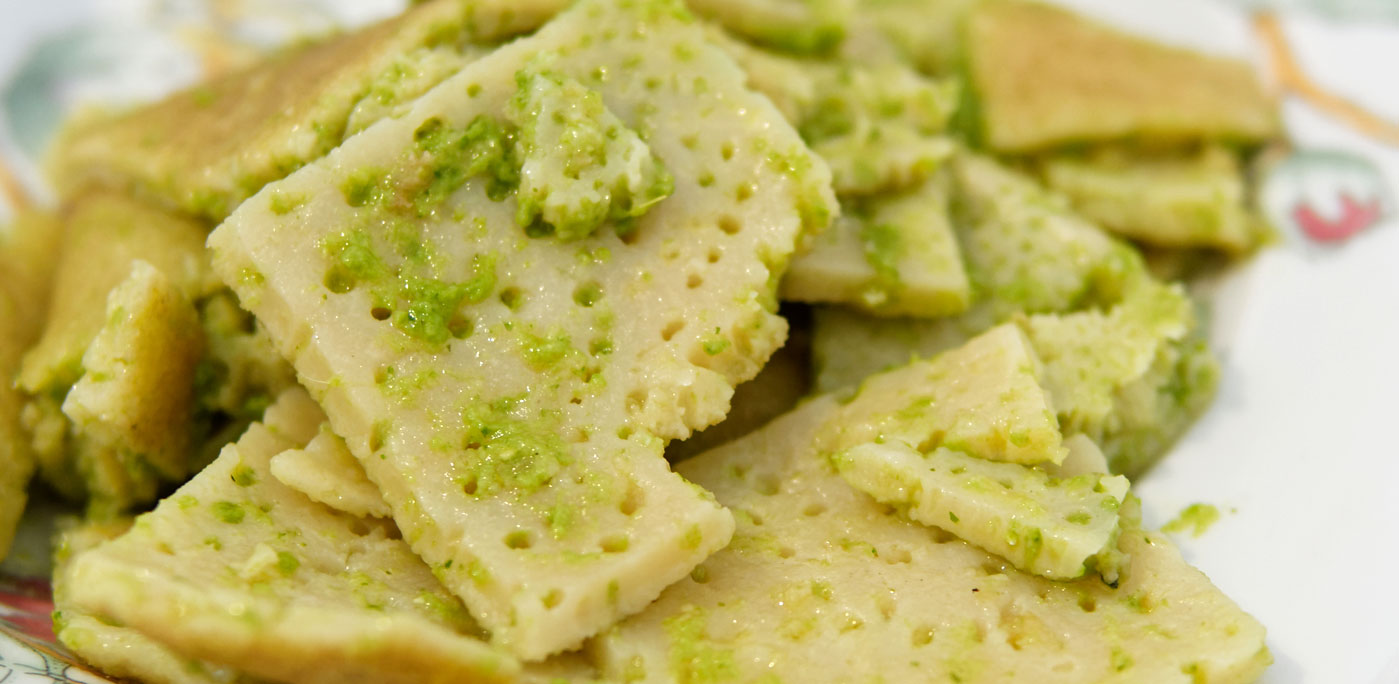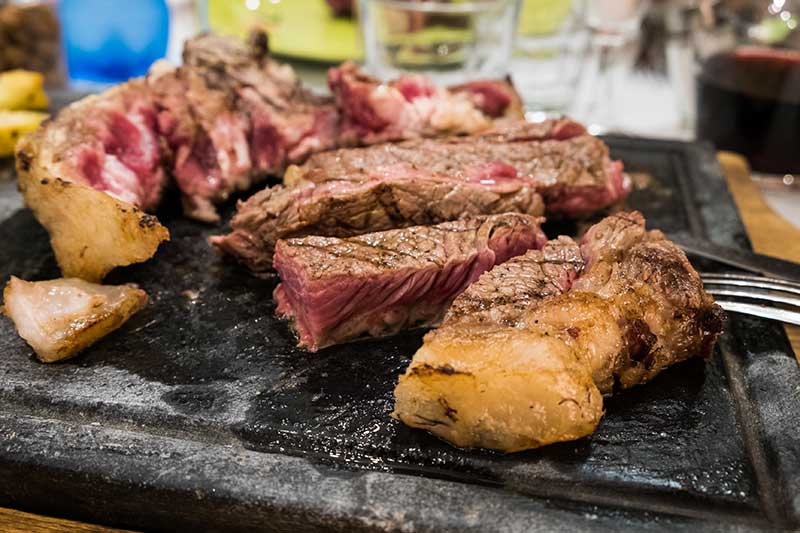Lunigiana is a historical area nestled between Tuscany and Romagna that always survived on agriculture, a characteristic from which it inherits all of its traditional cuisine. Typical of this land is a sort of flat bread, testarolo, still cooked using terracotta or cast iron containers typical of Ancient Rome and known as testi.
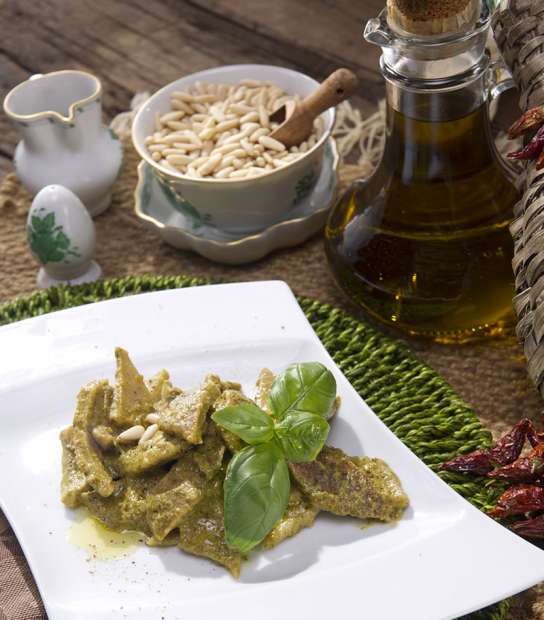
Testi have a flat part, called sottano, and a hollow lid, called soprano. Once the sottano was heated up, testarolo batter was added and the soprano placed on top. This favored an even distribution of heat, just as it happens in an oven, which guaranteed a light and uniform baking.
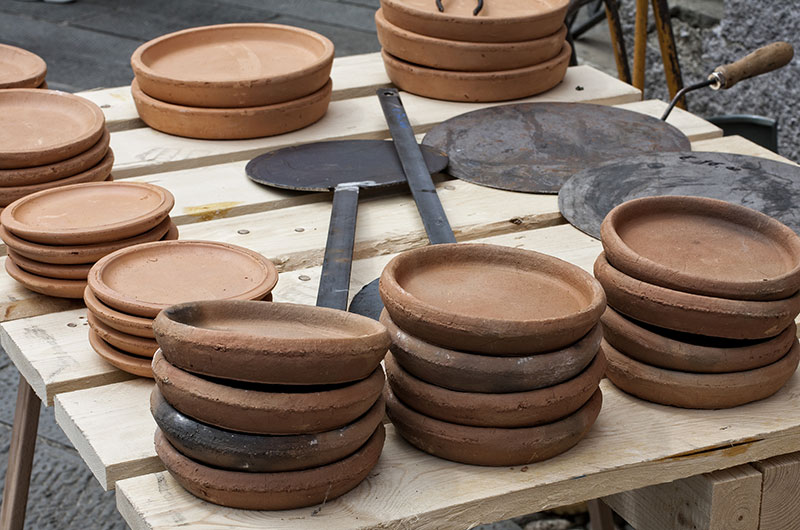
This “oven” was extremely handy indeed, because fully portable: in a land characterised by an economy based on agriculture and pastoralism, it meant people could cook everywhere.
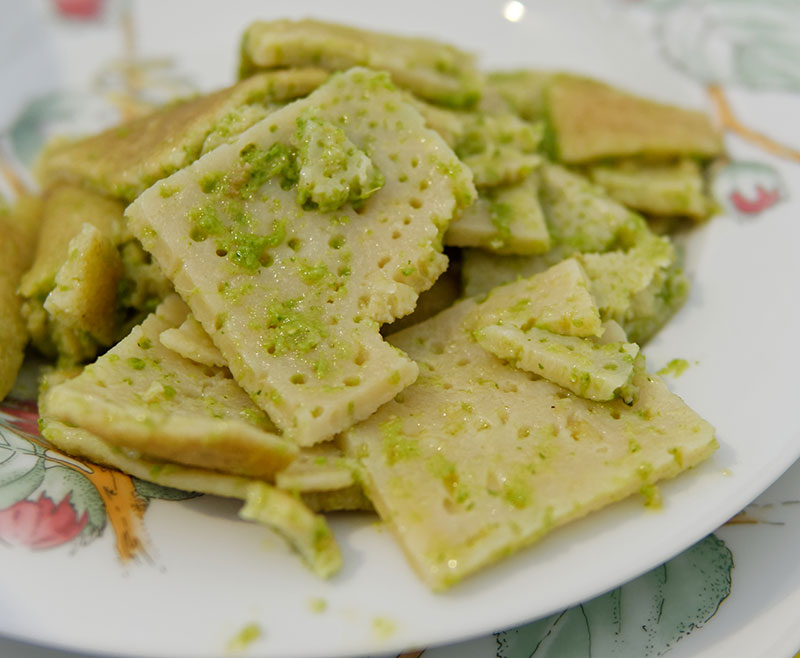
The testarolo artigianale di Pontremoli is a Slow Food product and requires the use of Zeri or Ventitre wheat, local grains rediscovered by farmer Giuseppe Tognarelli.
A simple batter of water and wheat gains fluffiness thanks its particular baking style, which makes an easily digestible, thin, soft and light bread completely different from industrial products, heavy and think, usually baked on steel slabs.
